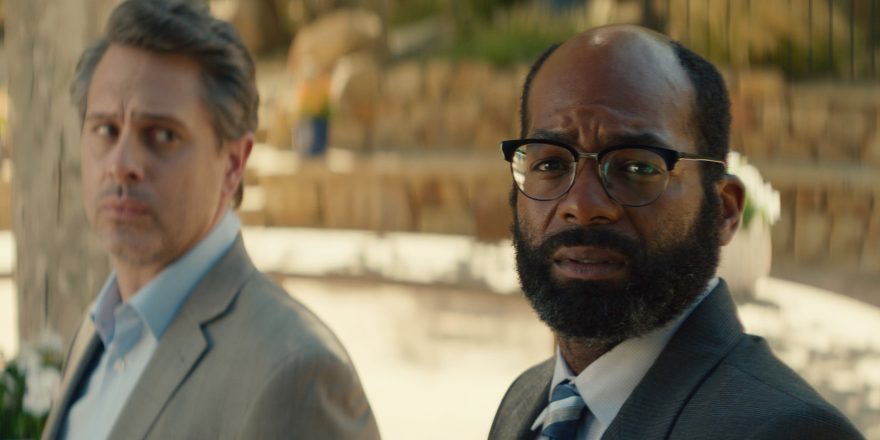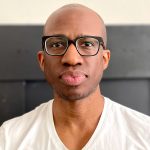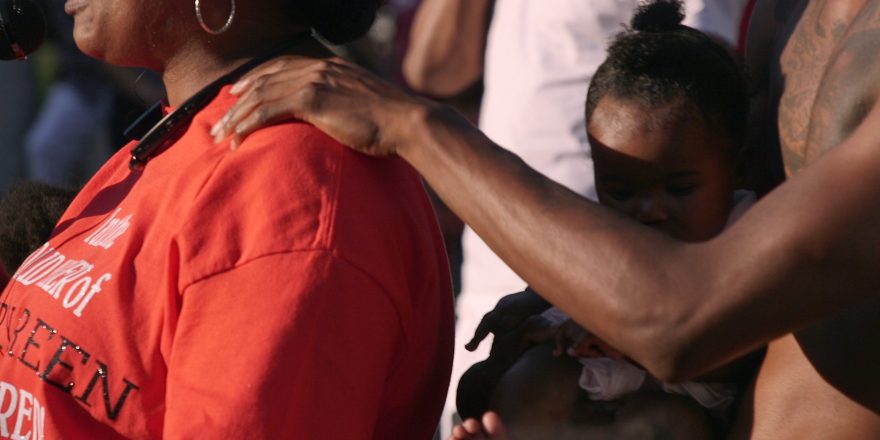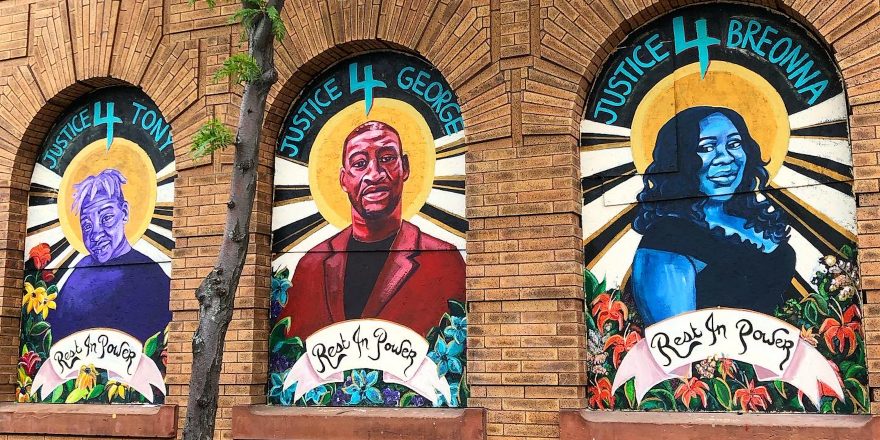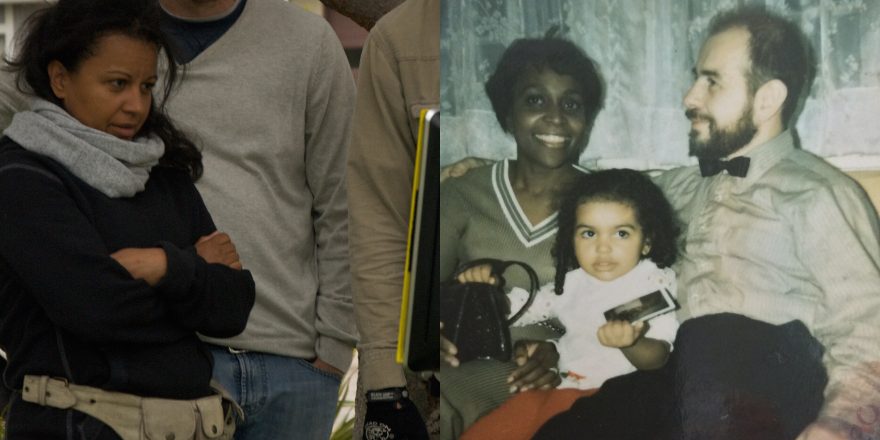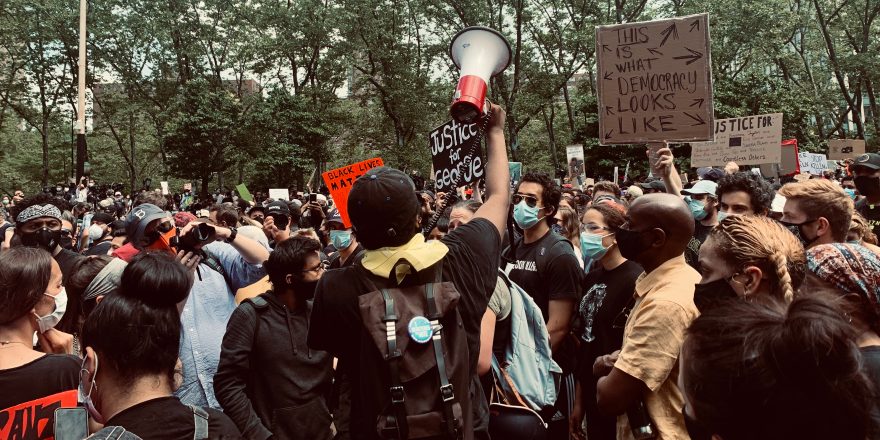It was late 2014 and I was in post production of my short film Nostradamus.
I sat at my laptop and did my customary early morning browse across emails, social media and news headlines. It’s the sort of thing so automatic, it’s only halted or slowed by something out of the ordinary. Something visceral. This was unfortunately one of those days.
A police shooting. A Black victim. Who had been murdered despite not having committed a crime. However, there was something different about this situation. Typically, when these stories raise their heads above the parapet, it’s because the victim was unarmed, begging for their life, resisting illegal detention, protecting their child, and so on. This situation was unique.
In this case, there was a gun. A toy gun. You see, the victim was a young boy, a child, a 12-year-old. A 12-year-old in a playground, doing what children do. What young boys do. What I did. He was playing with a toy created to be played with by children in a playground. His name was Tamir Rice.
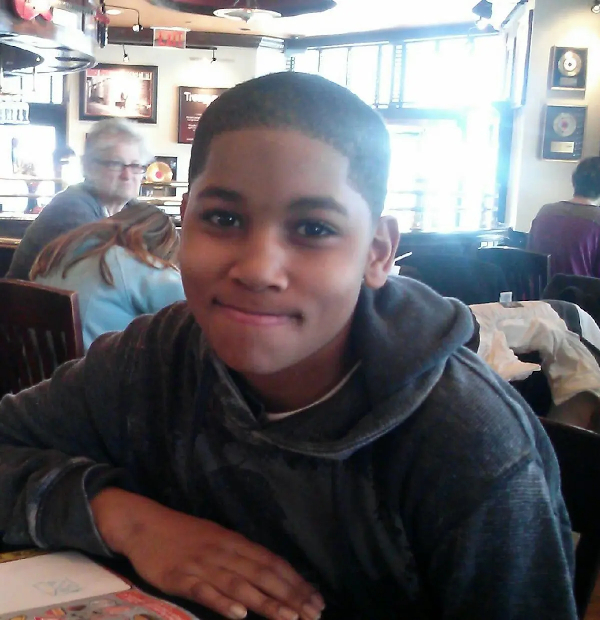
The police officer drove up alongside him and, without warning, without the movie-famous phrase “Freeze, hands up!” or any such declaration, shot Tamir dead within two seconds of the patrol car pulling up in what can only be described as a drive-by. The officer killed this child from inside the vehicle without a shot being fired at him, because toy guns don’t fire bullets and the boy was never given the chance to show it could not, drop the toy or manifest his childhood innocence.
The reason why the police officer killed this child speaks to the levels of unconscious anti-Black bias and prejudice that is infused into modern society and buttressed by the media, news and music we are fed daily. However, that quagmire wasn’t what interested me in that gut-wrenching moment, as I watched what was for me a mini horror movie. I saw myself in Tamir. I see myself in Tamir. To this day, I can’t get his picture – a smiling happy face that circulated after his murder – out of my head. I felt in that moment that this case would finally bring America together in a realization that something was very wrong.
So, I scrolled down one of the articles and I did what no negro should do on such an article posted on a mainstream account: I read the comments.
To my shock, people were blaming Tamir for his own murder. They said he looked much older and could easily have been in his twenties. They said he shouldn’t have been playing by himself and looked suspicious doing so. They said the gun he had in his hands looked real. They blamed his parents for not educating him on “how to play safely.” They did everything but hold the police officer accountable for gunning down a child, without warning, from inside a patrol car in broad daylight, within a few seconds of arriving on the scene.
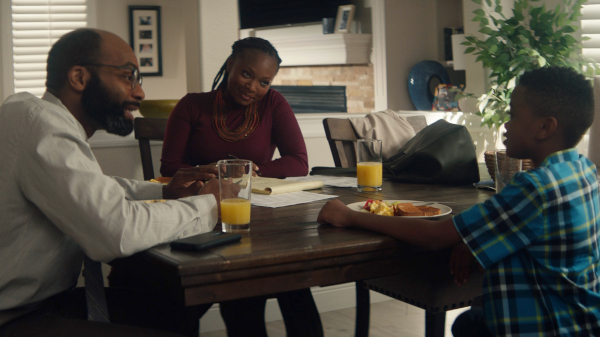
I remember sitting, catatonic. I was in disbelief because the commenters were not the stereotypical toxic White men we are told are extremists and dangerous. These were middle-aged White mothers, fathers, uncles, aunts, sisters, brothers. These were people with families. In fact, it was apparent many of them, at least subconsciously, knew what they were doing was abhorrent and would end their assertion with “God bless his soul” or “I wish this didn’t happen, my heart breaks for him” but …
Then I did something else I shouldn’t have done: I stalked their pages on social media. What I discovered deconstructed every assumption I’d ever made about racism and prejudice. I saw “good” people. Wholesome families. Loving families. White mothers who had posted stunningly insensitive things about a Black boy murdered, but themselves raising White boys they would die protecting under any circumstance. Children they would defend for making the mistakes children make or lacking the awareness of danger that is common in childhood innocence. These were the kinds of people you would want to be around, would break bread with and invite into your home. Sure, I found some people to be profoundly hateful and twisted, but that was simply not the majority. It was then I realized something far more complicated and sinister was afoot.
I believe this epilogue was necessary to lay a foundation for how and why my new film, the political drama/thriller 88, came to exist as a concept and film. My investigations both external and internal into the machinations of race led me down many roads and I found that the concept had almost nothing to do with skin color and everything to do with economics and power. Social engineering and control that was far more centered around a typical pyramid or Ponzi scheme (albeit the greatest Ponzi scheme ever devised) than some intrinsic reality about genetic inferiority in the Black “race.” There is one human race, if we want to get scientific. Everything else is, as they say, semantics. I discovered White supremacy is and was as much a scam as the Chinese emails I get offering me real estate on an exotic island for a small investment into an offshore account via WhatsApp. I never took the deal. I advise you not to either. I guarantee it will be far less profitable than White supremacy. That’s a deal you can bank on.
Once I started thinking of White supremacy as a business model and looking at how politics, the electoral system, money, the mainstream media and pretty much all sectors of society work in lockstep to perpetuate this Matrix-like, Borg-propelled machine, it was a true awakening for me. It became obvious. Simple.
In writing the script, I told the story through the only lens I believed I could trust: mine.
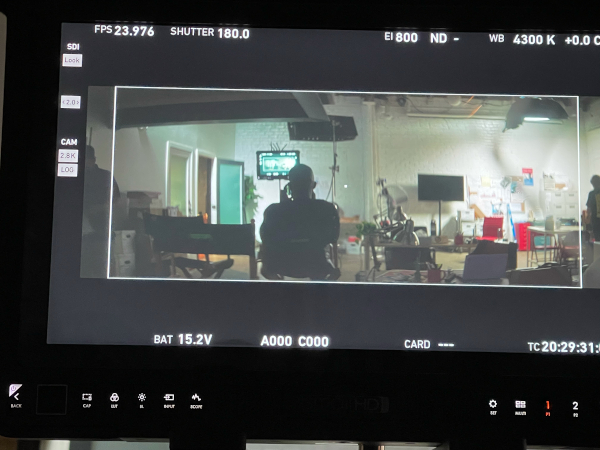
What ensued was a narrative steeped deeply in the chaos and fracture of the Black experience, diffused through all my new discoveries. A frenzied effort to make sense of the multi layers of the structure I believed to be controlling our every action. Unseen and, most importantly,
completely decentralized. The most salient conceit: the majority of those upholding the structure of White supremacy, people of all colors and cultures, have no idea they are doing so and believe themselves to be acting completely of their own free will.
However, their position in society and their upward mobility within the media, government, sports, etc., is governed by how effectively they maintain the status quo, regardless of how “inclusive” they appear to be on the surface. In fact, “inclusivity” can be the deadliest of weapons. It is the ultimate neutralizer, as potent today as it was when European missionaries gave my ancestors Jesus.
The includer sets the rules and can remove, ignore, ban or cancel the included at will. The includer sets benchmarks for the included to adhere to with parameters that invariably involve placing the values and interests of the includer above those of the included.
Inclusion is a magnificent way to control large groups because, if instead of allowing those
people to develop economic and creative autonomy, thus becoming “competition,” you can stoke their desire to be “included” to the point of protest, marches and boycott, then inclusion becomes a self-sustaining method of maintaining power driven by the powerless.
To depict such ideas, alongside my other hypotheses, would require speaking a different narrative language. In other words, I’d be creating a film whose effectiveness would be defined by the amount of pushback from the establishment. An even more challenging conundrum was how to trojan horse this conversation within the guise of a conspiracy thriller.
So what did I learn? What did I see when I followed the money?
I do not believe there is a big man at the top pulling the strings. If there are secret groups, they themselves are operating within the confines of a man-made construct that long became self aware and self sustaining, a modern-day Skynet with biological and psychological code instead of binary ones and zeroes. Why do I believe this? Because there is one great equalizer no man has conquered: we’re all going to die.
88 took seven years to make, through unbelievable obstacles. Some of the lighter “highlights” include a trip in late February 2020 to Colombia, where the borders shut a week later due to the pandemic. I would be stranded there for a year, away from everything and everyone I knew. 88 came together during that time and when I got out in February 2021, I flew directly to Los Angeles to shoot the film. I returned to London to find my identity had been stolen during my year-and-a-half exile and with two court cases on my head, in Northampton, a place I’d never been. Due to erroneous debts from the identity theft, I was unable to rent an apartment for more than six months until I was cleared. I lived in motels (cheaper than long-term Airbnbs) and converted my various Travelodge rooms into a post-production studio where I edited the film and did sound work.
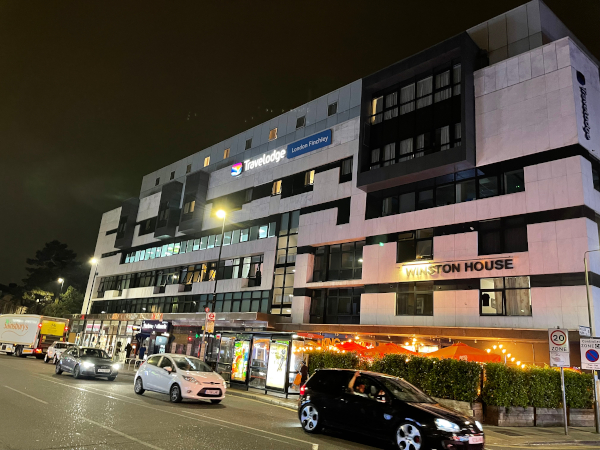
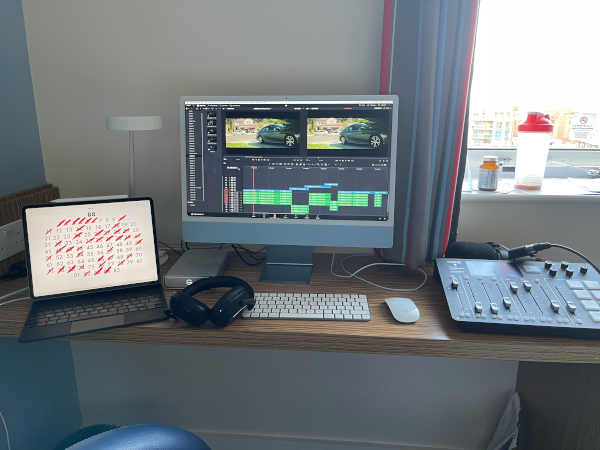
I am honored to have been able to make this film with incredible collaborators, investors, crew, actors and the like. I couldn’t have done it without them and they are as much responsible for it as I.
It’s a film I simply had to make exactly the way I did, regardless of the financial and time constraints posed in doing so. Even in this moment, I understand that the assumptions made about the racial divide and the fact that many think that to speak of it we need to silo the conversation into digestible, bitesize pieces is in itself preventing any true understanding of how nefarious the construct is. It’s supposed to be hard. It’s supposed to be complex. It’s supposed to take effort. Like working out in the gym, if you don’t damage the muscle, it won’t grow.
Working within your comfort zone will never lead to growth. The idea that subtly prodding the conversation is preferable to a direct approach is actually, in my humble opinion, more reflective of the sensitivities of the responder. Everything is connected and it is chaos to wade in and deconstruct it, especially when you are from the demographic at the bottom of the Ponzi scheme pyramid.
Over the course of making this film I have had to reexamine so much about my own prejudice and bias when it comes to racial politics. Admitting I was wrong in many of my assumptions about the prism we’re in has, in itself, been sobering.
It’s been a wonderfully enlightening journey and it brings to a close a chapter filled with revelation, growth, pain, rebirth and resurrection. I survived.
Featured image shows Thomas Sadoski and Brandon Victor Dixon in Eromose’s 88.


